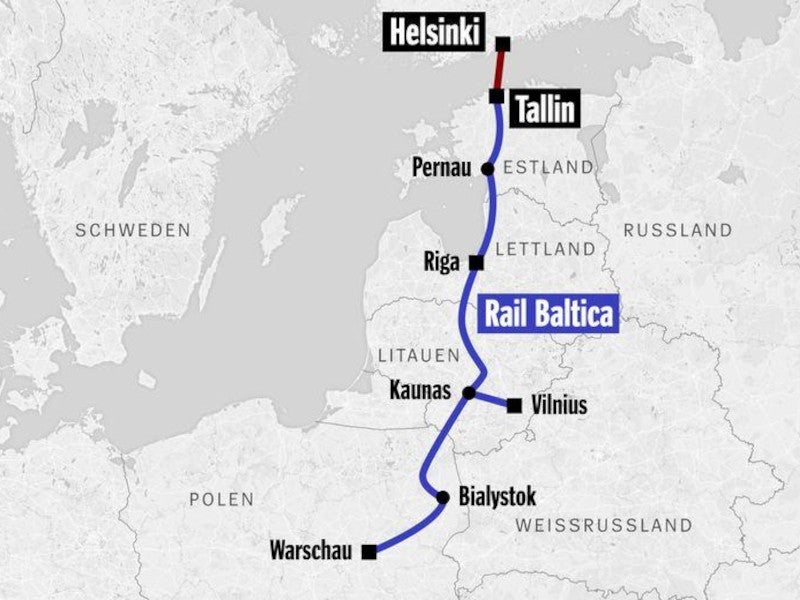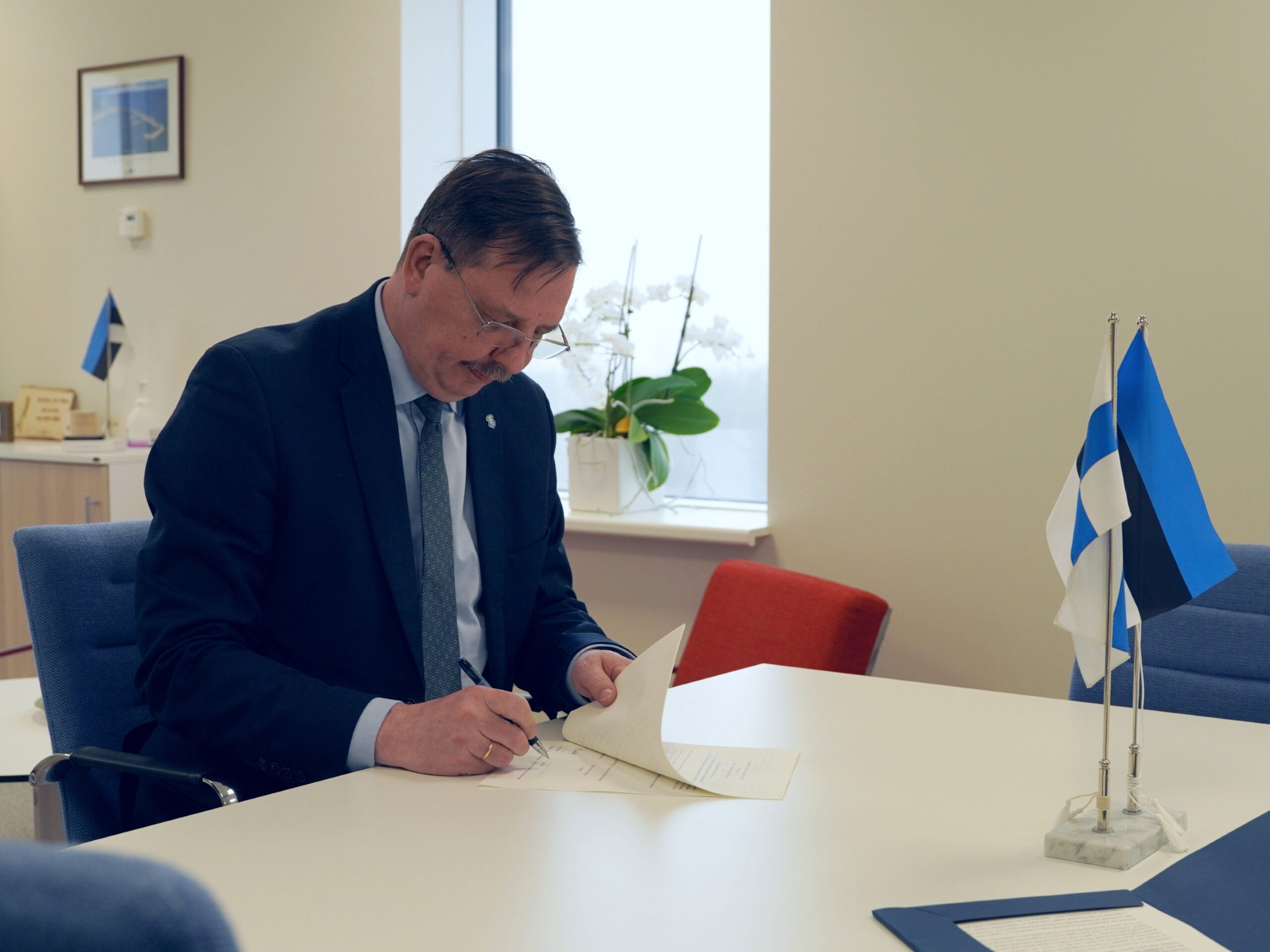The Helsinki-Tallinn railway tunnel is a proposed new undersea tunnel connecting the Finnish capital of Helsinki and the Estonian capital of Tallinn across the Gulf of Finland, and under the Baltic Sea.
The 100km long tunnel is being developed by FinEst Bay Area Development (FBAD). It is estimated to be completed at a cost of approximately €15bn ($16.8bn).
The environmental impact assessment for the project is currently ongoing and construction is expected to begin once all regulatory approvals are received. The project will provide reliable and rapid transportation between the two capital cities, offering a vital connection between Scandinavia and Central Europe.
Need for the new tunnel between Helsinki and Tallinn
The Gulf of Finland divides Helsinki and Tallinn, and the sea route between the cities is currently served by ferries and fast passenger craft, with journey times ranging from two to three hours. More than 7.5 million trips are made by the ferries a year, including scheduled services and leisure travel.
More than eight million people a year traverse the Gulf of Finland and passenger traffic on the route is projected to increase at a rapid pace, reaching 30 million by 2030. The new tunnel is being built to serve the growing number of passengers and leisure travellers between the two cities. It is expected to reduce the journey time from two hours to 20 minutes.
Helsinki-Tallinn tunnel project details
The Helsinki-Tallinn tunnel development has been initiated under the Finnish Estonian Transport Link (FinEst Link) project, which is partly financed by the Central Baltic Program. The project is being led by Helsinki-Uusimaa Regional Council in collaboration with the cities of Helsinki and Tallinn, Harju County, the Finnish Transport Agency (FTA), and the Estonian Ministry of Economic Affairs and Communications.
The city of Helsinki assessed the impact of the project while the FTA analysed the technical and economic requirements of the tunnel’s construction.
Harju County and cities of Helsinki and Tallinn initiated a preliminary feasibility study on the Helsinki-Tallinn railway tunnel in April 2014. Completed in February 2015, the study focused on the technical, economic, and business viability of the undersea tunnel. The project was found to be viable as an increase of 30% in the current passenger and freight traffic would cover more than half of the project investment.
The transport ministries of Finland and Estonia signed a memorandum of understanding (MoU) to co-operate on the FinEst Link project in January 2016.
Finland and Estonia signed another MoU in April 2021 to cooperate on the development of large-scale transport projects including the Helsinki-Tallinn railway tunnel and Rail Baltica. The MoU is in force until 2030 and is expected to provide a better environment for requesting funds from the European Union (EU) for the projects.
With a length of 100km, the Helsinki-Tallinn tunnel will become the world’s longest undersea railway tunnel upon its completion. While the proposed tunnel will include 1,435mm tracks, its design has not yet been finalised.
Financing
The project is expected to receive funding from the EU, private investors, and the governments of Finland and Estonia.
In June 2016, the EU granted €3.1m ($3.3m) for the feasibility studies of the Helsinki-Tallinn tunnel project and FinEst Smart Mobility project.
FBAD secured its first private investment of €100m ($113.4m) for the project from ARJ Holding, a Dubai-based construction firm, in December 2018.
In August 2019, FABD announced that it has signed a Letter of Intent (LoI) with China-based investment firm Touchstone Capital Partners for €15bn ($16.8bn) in funding for the project.
Contractors involved
A consortium of Ramboll Finland, Sito, Strafica, Urban Research, and Pöyry Finland was selected to determine the financial viability and impact of the tunnel project in February 2017. The feasibility report was completed in February 2018.
Sweco group and partners conducted the pre-feasibility study for the project in 2015. A joint venture between Sweco, Amberg Engineering, and WSP was awarded a contract to conduct technical and economic feasibility studies for the project in February 2017.





